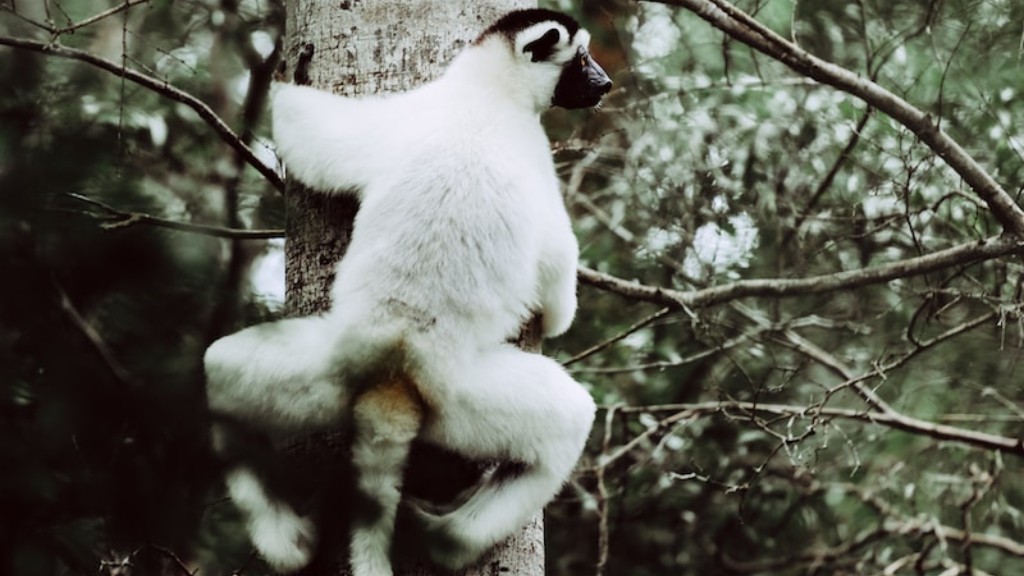The Secret of the Best Madagascar Vanilla
Madagascar, the fourth largest island in the world, is renowned for its production of high-quality vanilla. With its unique climate and soil conditions, the country offers the perfect environment for growing vanilla orchids. However, not all Madagascar vanilla is created equal. In this article, we will explore the factors that contribute to the best Madagascar vanilla and why it is highly sought after in the global market.
One of the key factors that makes Madagascar vanilla stand out is its flavor profile. The vanilla beans from Madagascar have a rich and creamy flavor with hints of caramel and chocolate. This unique taste is a result of the combination of factors such as the specific species of vanilla orchid grown in Madagascar (Vanilla planifolia), the growing conditions, and the processing techniques employed by local farmers.
Madagascar’s climate plays a crucial role in the development of its vanilla. The island’s tropical climate provides the perfect balance of heat and humidity necessary for the vanilla orchid to thrive. The annual cyclone season also benefits the vanilla crops as the rainfall replenishes the soil nutrients, resulting in healthier plants and better flavor development.
Furthermore, the soil in Madagascar is rich in minerals and volcanic ash, which adds unique characteristics to the vanilla beans. These minerals contribute to the depth and complexity of the flavor profile, making Madagascar vanilla stand out from other varieties.
Another important factor in the quality of Madagascar vanilla is the curing process. After the vanilla beans are harvested, they undergo a meticulous curing process that involves hand-pollination, blanching, slow-drying, and conditioning. This process can take several weeks to months, but it is crucial for achieving the distinctive aroma and flavor that Madagascar vanilla is known for.
Experts in the vanilla industry emphasize the importance of buying vanilla from reputable sources in order to ensure the authenticity and quality of the product. Due to its popularity and high market demand, there is a risk of counterfeit or diluted vanilla being sold. To avoid falling victim to such scams, it is essential to source Madagascar vanilla from trusted suppliers with traceable origins.
When it comes to using Madagascar vanilla in culinary creations, chefs and bakers around the world prefer it for its intense flavor and aroma. It is the go-to choice for desserts, beverages, and even savory dishes where a touch of sweetness is desired. The versatility of Madagascar vanilla makes it a staple in professional kitchens and home pantries alike.
The Ethical Dilemma in the Vanilla Industry
While Madagascar vanilla has gained popularity, the industry faces a significant challenge in terms of ethical practices. Vanilla farming is labor-intensive, and farmers often struggle to make a living wage due to unpredictable weather conditions, price fluctuations, and the monopoly of middlemen in the supply chain. Fair trade initiatives and direct trade agreements aim to address these issues by ensuring fair prices for farmers and promoting sustainable farming practices.
In recent years, efforts have been made to rehabilitate and sustainably manage vanilla plantations in Madagascar. This includes providing training and support to farmers, encouraging organic farming practices, and improving access to international markets. By supporting these initiatives, consumers can contribute to the well-being of farmers and the preservation of the environment.
The Rising Competition: Other Origins to Consider
While Madagascar is undoubtedly the most well-known origin for vanilla, several other countries also produce high-quality vanilla beans. Tahitian vanilla, for example, is known for its floral and fruity flavor profile, while Mexican vanilla has a deep and spicy taste. Each origin offers a unique set of characteristics that can enhance different culinary creations. Exploring these other origins can broaden one’s flavor palette and add diversity to recipes.
Indonesia is another key player in the vanilla industry, providing a significant portion of the global vanilla supply. Indonesian vanilla typically has a strong and woody flavor, making it popular for use in baking and confectionery. Uganda is also emerging as a major vanilla producer, known for its sweet and creamy beans. These alternative origins provide consumers with more options and enable them to experiment with different flavor profiles.
The Future of Madagascar Vanilla
Despite the challenges faced in the vanilla industry, the demand for Madagascar vanilla is expected to continue to grow. As consumers become more discerning and conscious of the origin and quality of their ingredients, the demand for authentic and sustainably produced vanilla will rise. This presents an opportunity for Madagascar to further develop its vanilla industry in a way that benefits both farmers and consumers.
In conclusion, the best Madagascar vanilla stands out due to its superior flavor profile, which is a result of the unique climate, soil conditions, and curing process in the country. Sourcing from reputable suppliers is crucial to ensure the authenticity and quality of the product. While Madagascar remains the top choice for many, exploring other origins can add diversity and excitement to culinary creations. Ultimately, the future of Madagascar vanilla lies in sustainable practices and initiatives that support the livelihoods of farmers and the preservation of this precious crop.



